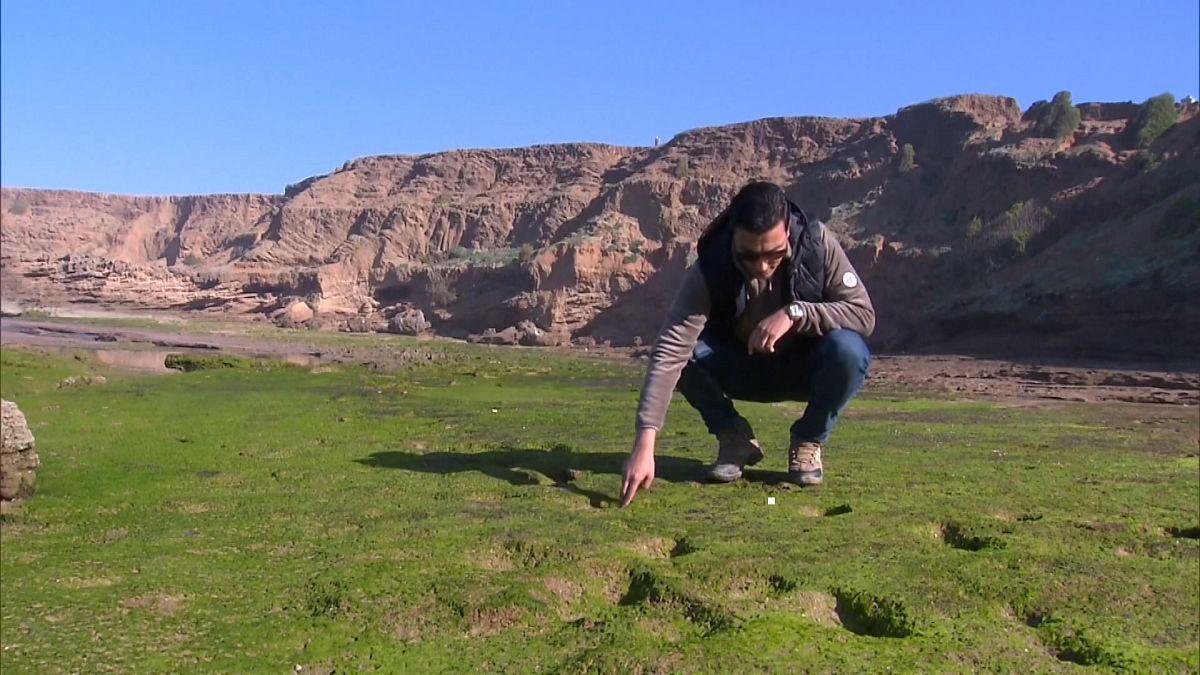
Scientists in Morocco discovered two paths of 90,000-year-old ancient human footprints on a beach, which are believed to be one of the world’s largest and best-preserved trackways. According to a new study published in Scientific Reports, researchers located the footprint site near North Africa’s northern edge in 2022. “Between tides, I told my team that we should go north to explore another beach,” said Mouncef Sedrati, research lead author and associate professor of coastal dynamics and geomorphology at the University of Southern Brittany in France, in an interview with Live Science.
The site’s analysis revealed two distinct trails with a total of 85 human footprints stamped on the beach by at least five early modern humans
“We were surprised to find the first print. At first, we weren’t convinced it was a footprint, but then we found more of the trackway,” he added. The site’s analysis, the only human trackway site discovered in North Africa and the Southern Mediterranean, revealed two distinct trails with a total of 85 human footprints stamped on the beach by at least five early modern humans. The scientists employed optically stimulated luminescence dating, a technique for detecting when a given artefact or mineral was last exposed to sunshine or heat.
Based on the age of the fine grains of quartz that were found in bulk on the sand of the gently inclined beach, the researchers estimated that a multigenerational group of Homo Sapiens wandered on the beach approximately 90,000 years ago and created the pathways. As per the study, the event occurred during the Late Pleistocene, also called the last ice age and ended around 11,700 years ago. “We took measurements on-site to determine the length and depth of the prints,” Sedrati said. “Based on the foot pressure and size of the footprints, we were able to determine the approximate age of the individuals, which included children, adolescents and adults,” the author added.
The researchers credit the excellent preservation of the ancient impressions to a number of factors, including the beach’s layout and the long reach of the tides for “the final preservation of the footprints,” according to the study. “The exceptional thing is the position of the beach on a rocky platform that is covered in clay sediments,” Sedrati said. “These sediments create good conditions to preserve the tracks on the sandbar while the tides rapidly bury the beach. That’s why the footprints are so well preserved here,” he added.
